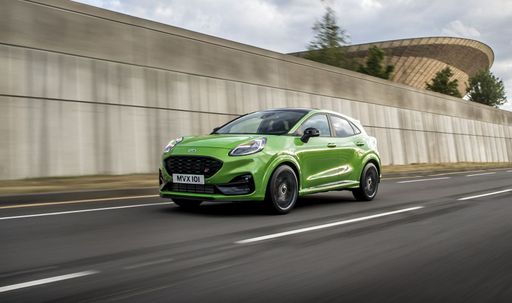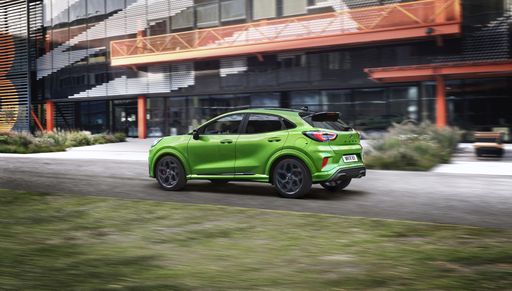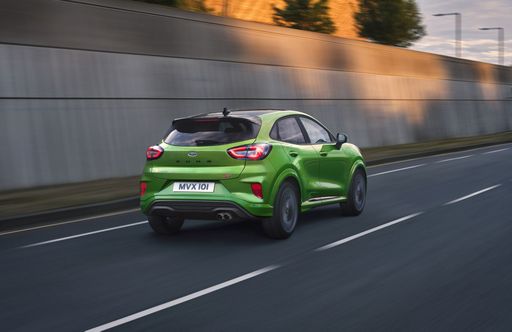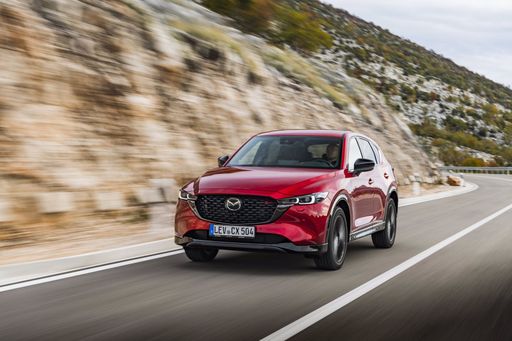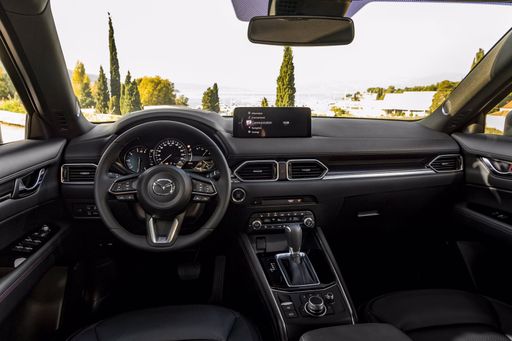The Ford Puma versus Mazda CX-5: An In-Depth Comparison
In the ever-evolving world of SUVs, two contenders have carved out a niche for themselves: the Ford Puma and the Mazda CX-5. As both models present strong offerings for the 2024-2025 timeframe, discerning drivers must weigh their options carefully before choosing their next ride. From technical specifications to innovative features, we'll dive deep into what these models bring to the table.

